Jen Plowden grew up in the open spaces of western Maine, along its border with New Hampshire. She helped her father log with horses, explored the fields and forests with her siblings, and participated in all the chores that come along with growing up on a subsistence farm. It’s little wonder, then, that she has spent the first dozen years of her professional life working in land conservation. She held roles in Maine’s Orono Land Trust and Blue Hill Heritage Trust before working for The Trust for Public Land. She is now the New England program manager for the Land Trust Alliance, where she supports a network of more than 250 land trusts.
I grew up in the White Mountains of Maine and New Hampshire. The state line went through the property that my parents owned. It was a big old farm – a farmhouse with over 55 acres of fields and woods. We had a subsistence farm, so there was a lot of working in the garden and with the animals. It was kind of all hands on deck. We had pigs and chickens and turkeys and goats and horses and cattle. I had a team of steer. I worked in the woods a lot with my dad, who is a horse logger.
My dad is super cool. I feel really lucky that I grew up with his influence. The time that we spent together working in the woods drew me to the work that I do now. I was never interested in running a chain saw, but I would drive the horses, help hitch up logs to pull out, give extra guidance and assurance to nervous horses, and run and get whatever tool or implement my dad needed from the truck. We typically had one team at a time and would usually bring both horses to the site to work as a team, but occasionally there was a job better done by a single horse.
The work horses are really gentle giants. They’re amazing. The three most memorable horses we had were Duke, A.J., and Casey. Duke was one of the first horses we ever had, and he was the steadiest horse I’ve ever met; he never flinched. A.J., who was partners with Casey, was my pal, and I’d ride him bareback around the woods and fields behind our house. Casey was a bit feisty and liked to test boundaries; he had a moustache and would make a funny face, turning up his upper lip and showing his teeth, when you tickled his upper lip.
I grew up riding around our property and the farms and forests that connected to it. I mostly rode the work horses bareback, usually with the bridle and a couple of lead ropes attached to each side of the bit. My dad would give us 10 fingers or tell us to climb up onto something like the tail gate and hop on and go. I did eventually convince my parents to get a riding horse as well.
I went to UMaine and started off taking small farm business and management classes. Then I started taking classes in the School of Natural Resources, and they had economics as part of that. I felt like sometimes, the environment or the forest doesn’t have a voice, and the only language that people speak is dollars. I was interested in how I could develop a skillset that could be used to advocate for sustainable environmental policies. I earned a bachelor’s degree in Resource & Agribusiness Management, then stayed at UMaine for graduate school and earned a master’s in Resource Economics & Policy/Land Use Economics. My thesis was on the economics of land conservation.
With conservation economics, the idea is to help communities measure and communicate the economic benefits that conserved lands provide. A lot of those benefits go unrecognized or unappreciated unless we monetize them. But these natural assets support the economy and create jobs. There’s value created from logging, processing, and making products out of wood. Outdoor recreation is also critical to the economy, and we’d have to pay a lot more for clean air and water if we didn’t have trees and forests filtering it for us. During the eight years I worked for The Trust for Public Land, I used this skillset to help advocate for public funding to support open spaces, trails, and parks across the country.
I was drawn to the community aspect of land trusts. During graduate school, I was on the board of the Orono Land Trust. That involvement gave me a chance to see how a community of people could come together to create and sustain something much bigger than themselves – caring for the land and helping ensure that the forests and trails would continue to be available for future generations seemed really powerful.
What I mean by “community” has really evolved over the years, and I see a real opportunity for land trusts to expand their definition of community, learn more about who is living in their community, to show up and ask questions about what is meaningful to new groups of people – and include groups of people who have typically not been involved, not been a part of decision making, or had access to the benefits that nature provides.
The first job I had out of grad school was at the Blue Hill Heritage Trust. I worked in a membership and development role, but was exposed to many aspects of land trust work given the dynamics of working on a small, three-person team. For example, in addition to learning about nonprofit boards and committees, I also facilitated the outreach program, coordinated the newsletter, helped build trails and bridges, and monitored conservation easements by foot and air. That experience really engrained in me the importance of persistence and teamwork, being willing to pitch in and try new things. Those lessons have stuck with me and influenced how I approach my work to this day.
The Land Trust Alliance is a nonprofit association of land trusts. We have more than 950 land trust members across the country, and 255 of them are in New England. My role is basically to listen to the needs of those land trusts and to make sure that they have the resources, training, and support they need to do their jobs well. Part of that programming is focused on the durability of the organizations. Land trusts are unique nonprofits, because the work they’re doing is intended to last forever, and not all nonprofits have that timeline. As a community, we need to make sure we have strong organizations, that we have board members who are willing to guide and support their organizations, and that we follow best practices when we do conservation projects. The Alliance can support land trusts thinking through those issues so they have the confidence and resources they need going into the future.
My favorite part of my job is the people and the land. When those two come together and I get to meet with land trust staff or board members on the lands that they care the most about, that’s when I have to pinch myself. I feel like I have the best job in the world. The biggest challenge of my role is to figure out how to best support the hundreds of land trusts in New England in a meaningful way. New England is extremely fortunate to have a robust land trust community – with trusts of varying sizes, geographies, and areas of focus. They are all different, but there are a lot of overlapping needs, and it’s extremely rewarding when I hear from land trusts that our work helps them protect more land or strengthen their organizations.
My husband and I are both big into outdoor recreation. One summer during college, before we were married, we did a nine-day paddle with some friends from Greenville, Maine, across Moosehead Lake and up to Allagash Village. We followed some ancient Abenaki canoe routes on the West Branch of the Penobscot, Chesuncook Lake, Chamberlain and Eagle lakes, and the Allagash Wilderness Waterway, which included a couple portages – including the Mud Pond Carry. The most mindboggling part of that trip was when we came across the locomotives that were abandoned on the shores of Eagle Lake after the lumber industry didn’t need them anymore.
Now we live in Beverly, Massachusetts, not far from Boston, and it’s definitely different from where I grew up. Our yard is small – the whole lot is 1/8 of an acre – but my husband and I get a kick out of finding space-efficient ways of growing as many veggies and flowers as we can. When we bought our property in 2013, there was an unhealthy lawn and no trees. We’ve been focused on planting trees and native plants to bring this property back to life and hopefully create a bit of an oasis for the bugs, birds, and other animals that live here.
During COVID, we had to cancel a camping trip, and our kids, who are 5 and 8, were extremely disappointed. So we camped in the backyard, and it was fun for our kids to realize how present nature is, even in the front country. We have great access to the outdoors here. There are mountain bike trails near our house, and we use the local beaches. I never was a beach person growing up, but now we go there all the time. We also have a lot of land trust properties near us, and we’re slowly working through and exploring those places.
We live in a city now, but we still heat with wood. Our kids help with firewood, which can be a chore, but there’s a sort of resilience to it. I hope that these experiences will help them develop into hardworking and generous people – and that they will have grit, determination, and humor in the face of adversity (or a big pile of firewood).


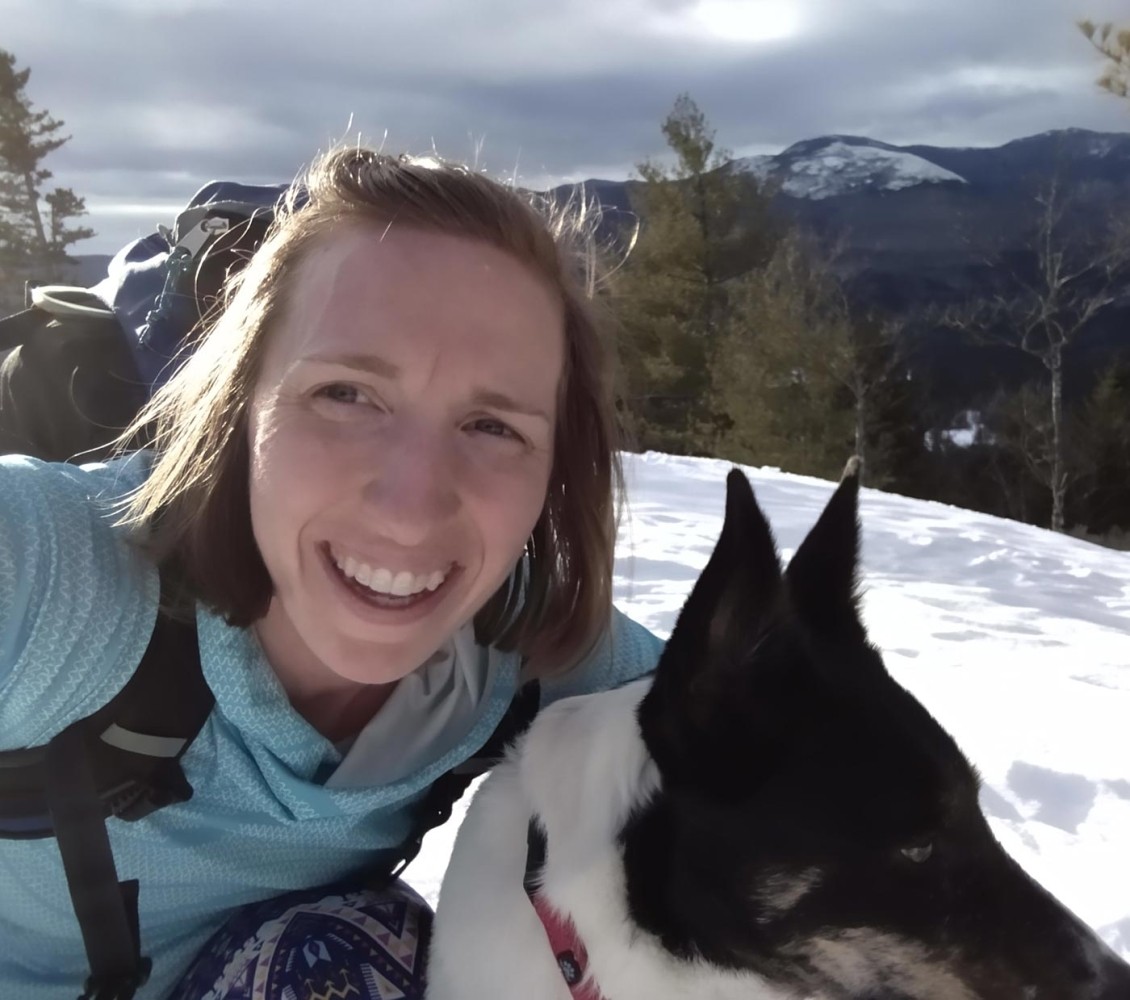
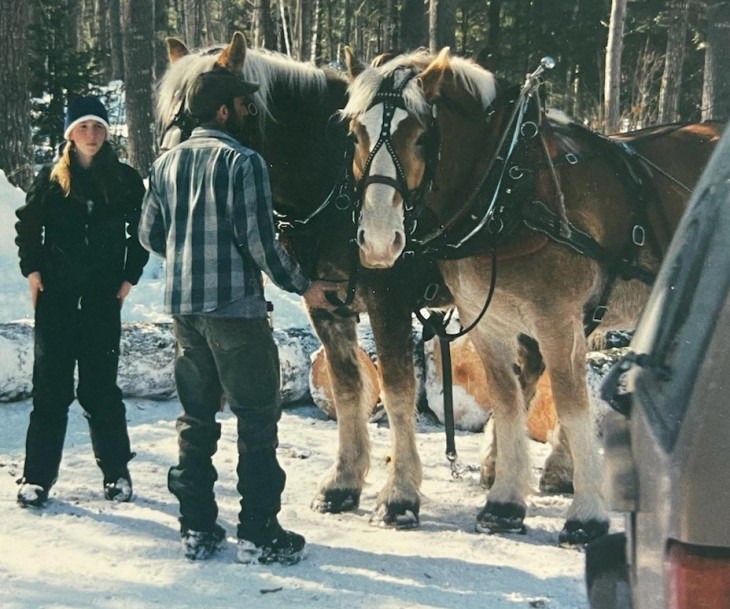
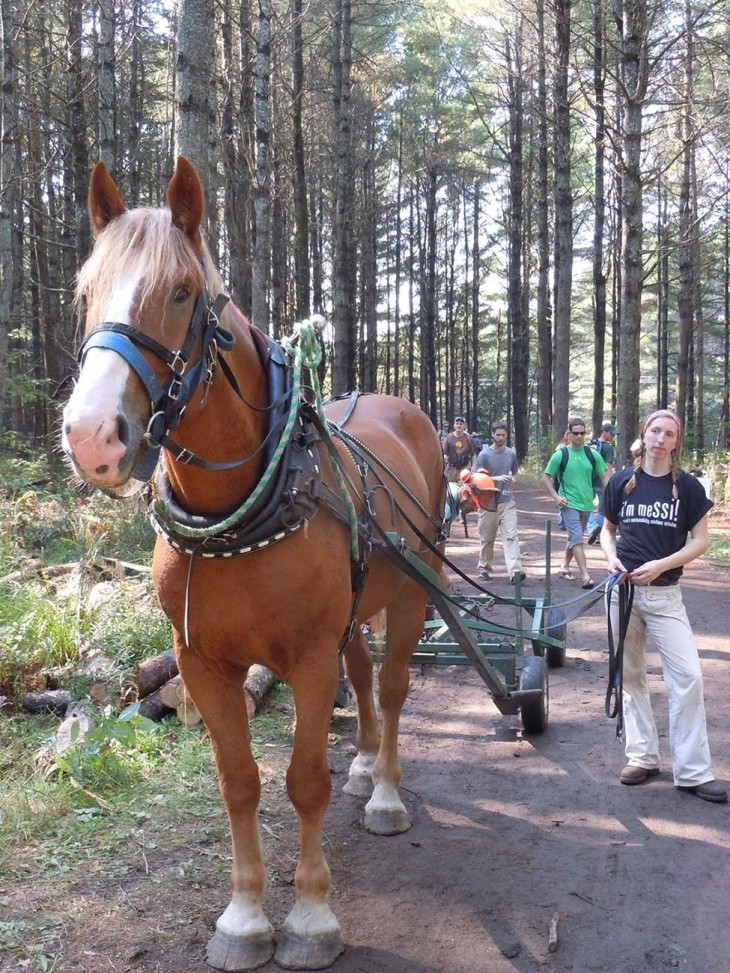
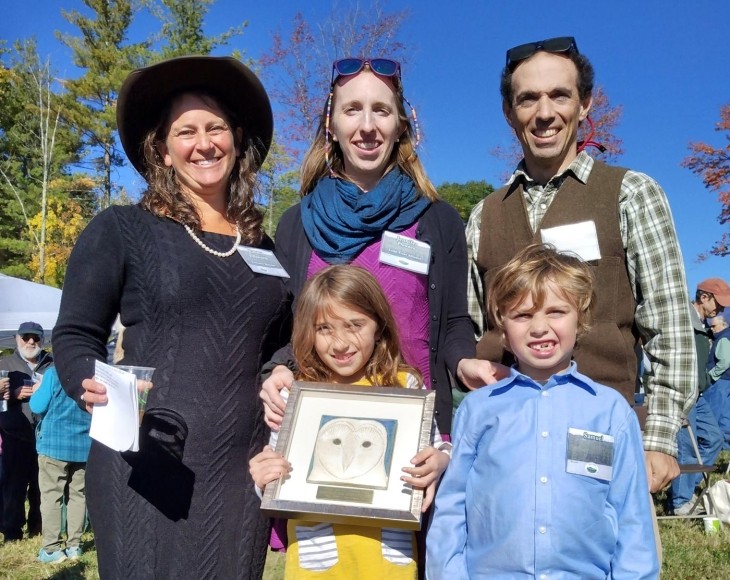

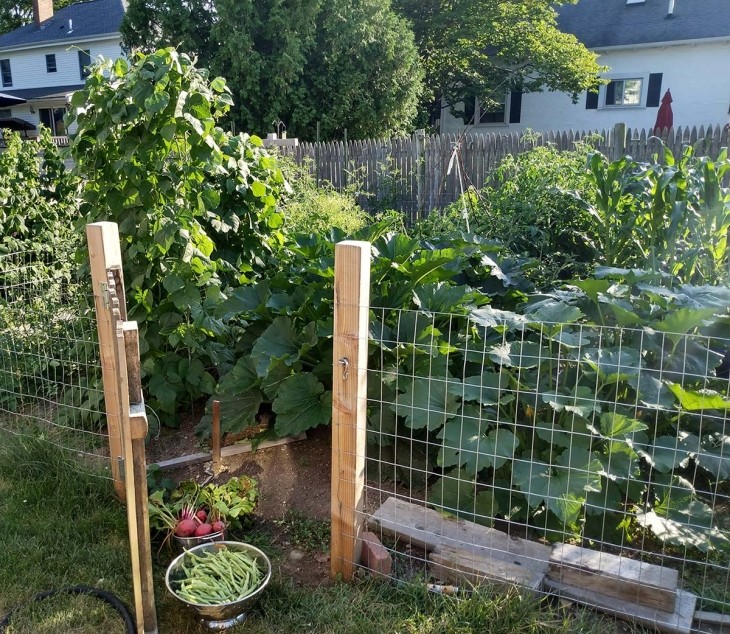
Discussion *